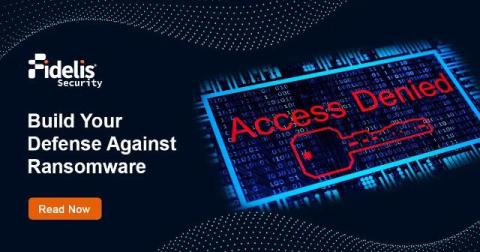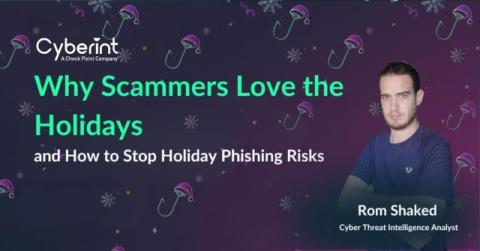Justifying Compliance Tools Before a Breach Occurs
Breaches, be they accidental, careless, or malicious, are an inevitability for most companies. Depending on the industry, the consequences could range from something as minor as a little public embarrassment to hefty fines, lawsuits, expensive remediation actions, and loss of customer confidence (and, with that - business). The question is, how can compliance use this to its advantage and get a share of the security budget before something happens?











